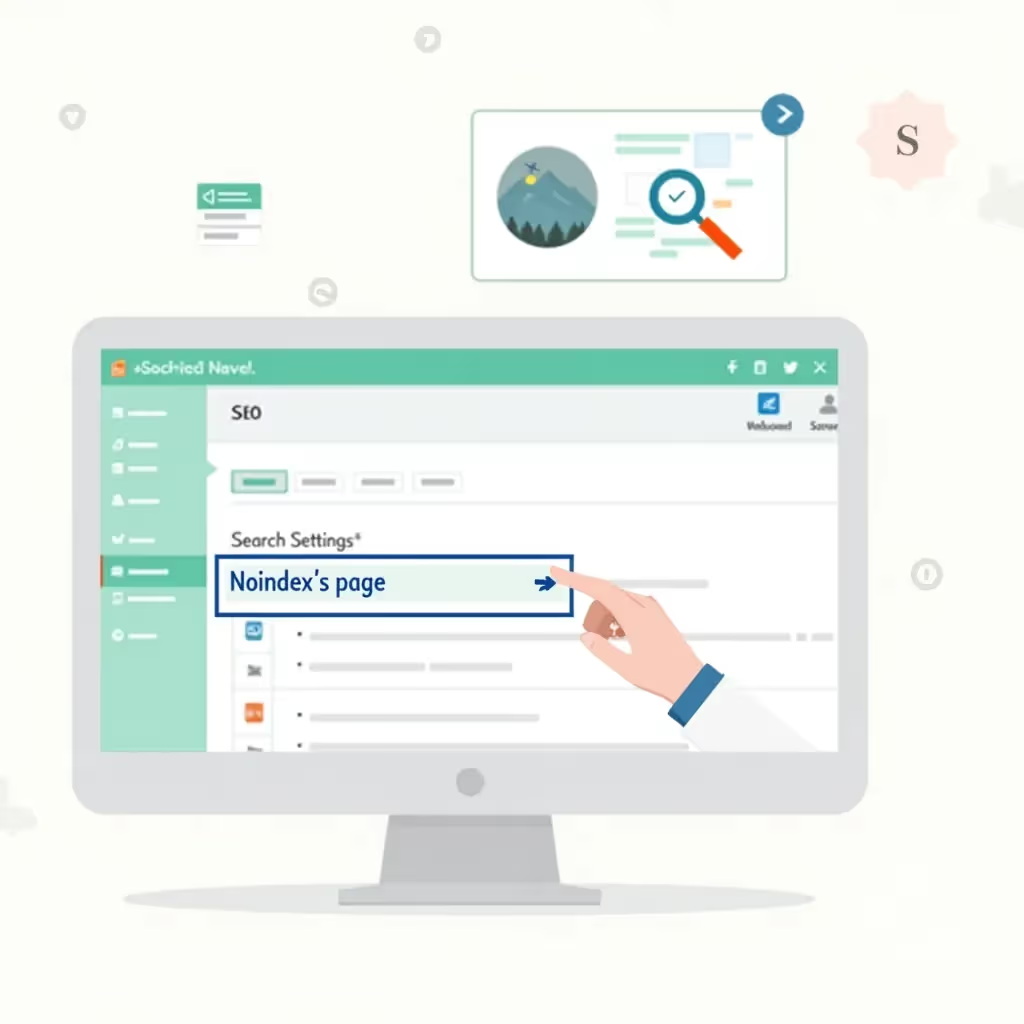Introduction to SaaS Marketing
SaaS (Software as a Service) companies face unique challenges when it comes to marketing. Unlike traditional product businesses where customers make a one-time purchase, SaaS products are based on recurring subscriptions. This model requires a deep focus not only on customer acquisition but also on retention, customer lifetime value, and scalability.
To succeed, it's essential to have a well-thought-out SaaS marketing plan. With a carefully crafted strategy, SaaS companies can drive traffic, acquire leads, and convert those leads into paying customers—all while retaining those customers over the long term. In this blog post, we’ll walk you through the key elements of a SaaS marketing plan and how to execute it effectively.
Understanding the SaaS Marketing Funnel
Before diving into specific SaaS marketing strategies, it's crucial to understand the SaaS marketing funnel. Unlike traditional sales funnels, the SaaS funnel has a strong emphasis on post-sale interactions, user engagement, and retention. A typical SaaS marketing funnel looks like this:
- Awareness: The prospective customer becomes aware of your product through marketing efforts such as SEO, social media, or paid ads.
- Consideration: Prospective customers begin to evaluate your solution and compare it with competitors.
- Conversion: The lead converts by signing up for a free trial or making a purchase.
- Onboarding: Post-signup, your goal is to help users understand and adopt your software effectively.
- Retention & Upsell: Once the user is onboarded, the objective is to retain them by increasing product usage, providing excellent support, and offering opportunities for upsell.
Key Elements of a SaaS Marketing Plan
While every SaaS company is different, several key components are common in most successful SaaS marketing plans. These components include target audience identification, content marketing, SEO, paid acquisition, and customer retention strategies. Let's take a deep dive into each of these:
1. Define Your Target Audience and Personas
First and foremost, knowing your audience is crucial for any marketing plan. SaaS products are usually tailored for specific niches, industries, or organizational roles. Identifying the exact buyer personas you are targeting will help exponentially in crafting your messaging, content, and overall marketing approach.
For a SaaS company, you might want to segment your target audience based on factors like:
- Business size (Startups, SMEs, Enterprises)
- Industry (e.g., healthcare, finance, e-commerce)
- Decision-making role (executives, IT managers, department heads)
- Geographical location
The more specific you can be in identifying your audience, the better you're able to personalize your marketing to meet their unique needs and challenges.
2. SEO and Content Marketing
Search Engine Optimization (SEO) and content marketing should form the backbone of your SaaS marketing strategy. SaaS buyers often go through extended consideration phases, during which they research multiple solutions. Effective SEO ensures that your company ranks well in search engine results, making it easier for prospective users to discover your product.
SEO Tips for SaaS Companies
Identify which keywords your target audience is typing into search engines and optimize your content accordingly. A winning SEO strategy for SaaS companies involves:
- Creating a blog for high-ranking content around industry topics and how-to guides
- Building landing pages optimized with specific long-tail keywords
- Regularly updating content so it remains relevant and valuable
- Acquiring backlinks from industry-relevant websites and authoritative blogs
Content Marketing Strategies
Your prospects need to see you as an authority in your domain. Through valuable content such as blog posts, videos, webinars, and eBooks, you can establish thought leadership and nurture leads. Here are some content types to consider:
- Product tutorials and use cases
- Comparisons between your solution and competitors
- Whitepapers and case studies
- Webinars and podcasts with thought leaders
3. Leverage Paid Advertising
While SEO and content marketing provide long-term organic results, sometimes you need quick wins to bring in more users. Paid advertising channels like Google Ads, Facebook Ads, and LinkedIn Ads can help you rapidly boost traffic and generate leads. Focus on campaigns that target precise personas and are aligned with specific stages of the SaaS buying funnel.
For example:
- Google Ads: Target prospects searching for your solution while they’re in the consideration phase.
- Facebook Ads: Offer gated content like whitepapers or free trials to grow your email list.
- LinkedIn Ads: Engage B2B prospects who may benefit from your solution via targeted sponsored posts or direct messaging.
4. Building a High-Converting Sales Funnel
Your marketing efforts should lead to a sales funnel that captures and converts traffic into paying customers. A key part of your SaaS marketing plan should be building landing pages that have strong conversion optimization tactics. Include elements such as:
- Clear and concise headlines that explain what your software does
- Customer testimonials and reviews
- A lead capture form (minimize the number of fields for the best results)
- A strong call to action (CTA) like “start your free trial” or “book a demo”
5. Offer Free Trials or Freemium Models
Offering a free trial or a freemium version of your product is a highly effective way to reduce friction during conversion. Users are likely to get a better understanding of your product's value by using it firsthand. Ensure you are guiding users throughout their free trial or freemium experience with emails, demos, and customer success initiatives so that they can easily see the value your software provides.
However, it's important to ensure that you're converting free trial users into paying customers. Here's a table that outlines common challenges for free trials and actionable tips on how to overcome them:
| Challenge | Solution |
|---|---|
| Lack of engagement | Offer onboarding emails, walkthrough tips, and a customer support lifeline. |
| Low conversion rates | Utilize automation to notify sales teams of qualified leads and trigger nurturing email campaigns. |
| Unaware of full value | Provide feature announcement pop-ups or in-app tutorials to keep users informed. |
6. Customer Retention and Upsell Strategies
The subscription model makes customer retention crucial for SaaS businesses. Retaining a customer is far more cost-effective than acquiring a new one. Your SaaS marketing plan should thus also include user engagement strategies to continually deliver value, along with mechanisms to upsell premium features or larger plans. Examples include:
- Offering personalized in-app suggestions based on user behavior
- Sending regular performance updates or reports if applicable
- Upselling additional features during milestones, such as after the user has implemented a core feature
- Providing a customer success manager for high-value customers
7. Measure and Optimize Your SaaS Marketing Plan
No SaaS marketing plan is complete without tracking and optimization. Analytics are critical for understanding which tactics are working and what needs improvement. Key metrics for SaaS businesses include:
- Customer Lifetime Value (CLV)
- Cost Per Acquisition (CPA)
- Churn Rate
- Average Revenue Per User (ARPU)
- Monthly Recurring Revenue (MRR)
By continually analyzing this data, you will gain useful insights into your user base, which will help you iterate and improve your marketing strategies over time.
Conclusion
A comprehensive SaaS marketing plan requires a multi-faceted approach that emphasizes both acquisition and retention. From defining your target audience and utilizing content marketing to leveraging paid ads and refining retention strategies, each element plays a crucial role in ensuring the long-term success of your subscription-based business model.
By properly executing a strategic SaaS marketing plan, your company will not only attract more customers but also ensure they stay engaged and keep coming back for more.





